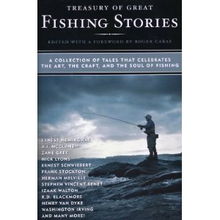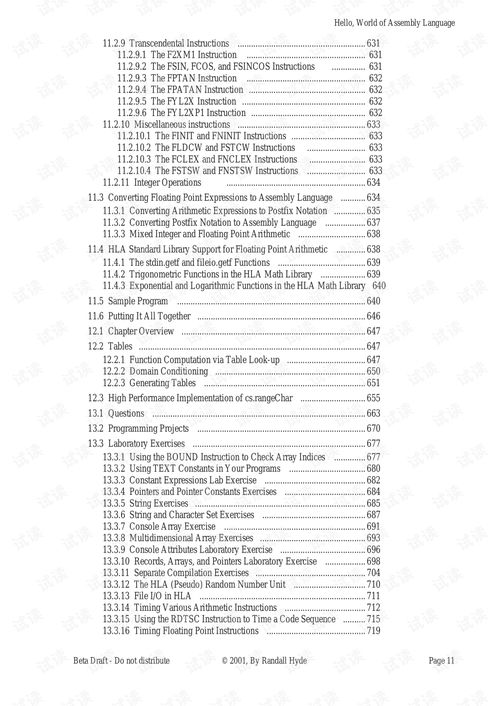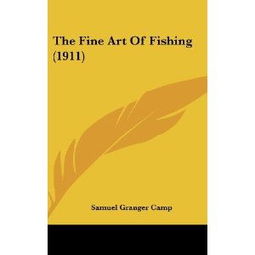Introduction:
矶竿钓鱼,作为一种独特的钓鱼方式,因其独特的钓法和丰富的渔获而受到许多钓鱼爱好者的喜爱,而在这其中,如何调整钓具是提高钓鱼成功率的关键,本文将详细介绍如何调漂矶竿钓鱼技巧,帮助您在矶竿钓鱼的道路上更加得心应手。
Understanding the Basics of Baitcasting Rods:
Before diving into the specifics of tackle adjustment, it's important to have a basic understanding of baitcasting rods. These rods are designed to cast heavy lures and baits, making them ideal for矶竿钓鱼。 They feature a long, flexible blank that provides the power needed to cast distances and handle heavy loads.
Choosing the Right Baitcasting Rod:
The first step in mastering the art of tackle adjustment is selecting the right baitcasting rod. Consider the following factors when choosing a rod:
Action: The action of a rod refers to how it bends when pressure is applied. Fast-action rods are ideal for casting heavy lures, while slow-action rods are better suited for lighter baits and more delicate presentations.

Length: The length of the rod should be proportional to the casting distance you're aiming for. Longer rods cast further, while shorter rods are more maneuverable.
Power: The power of the rod determines how much pressure it can handle. Choose a rod with sufficient power to land your fish without breaking your line.
Adjusting the Reel:
The reel is another crucial component of your tackle setup. Here's how to adjust it for optimal performance:
Line Capacity: Ensure that the reel is spooled with the appropriate amount of line for the rod and lure you're using. Too much line can cause backlash, while too little can lead to line breakage.
Drag Setting: The drag setting controls how much tension is applied to the line when a fish takes off. Set the drag too tight, and you risk breaking the line; set it too loose, and the fish can run the line out.
Reel Weight: The weight of the reel should complement the weight of the rod. A heavy reel can make casting difficult, while a lightweight reel may not provide enough leverage to land big fish.
Balancing the Tackle:
Balancing your tackle is essential for smooth casting and effective fishing. Here's how to do it:
Weight Forward Setup: Place the weight of your lure at the end of the line. This setup ensures that the lure will dive deeper and more effectively.
Balanced Leader: Use a leader that is balanced with the weight of your lure. This will help maintain a straight line and prevent tangles.
Adjusting the Baitcasting Weight: The weight of your lure should be proportional to the rod's power and the distance you're casting. A heavier lure may require a heavier rod and vice versa.
Tuning the Baitcasting Reel:
A well-tuned reel can make a significant difference in your fishing experience. Follow these steps to tune your reel:
Spool the Line: Ensure that the line is evenly distributed around the spool. Avoid overfilling the reel, as this can cause backlash.
Check the Reel Grease: Make sure that the reel is properly lubricated. This will help reduce friction and improve casting performance.
Adjust the Bail: The bail should open and close smoothly. If it's sticking, apply a small amount of lubricant to the bail and its pivot points.
Mastering the Casting Technique:
Once your tackle is properly adjusted, it's time to focus on your casting technique. Here are some tips to help you improve your casting:
Grip the Rod: Hold the rod with a firm grip, but avoid gripping too tightly. This will allow you to feel the rod's flex and make precise adjustments.
Backcast: Begin by lifting the rod back behind you, then accelerating forward to cast the lure. The speed and angle of your backcast will determine the distance and accuracy of your cast.
Landing the Lure: As you bring the rod forward, the lure should land with a soft, natural presentation. Avoid slinging the lure, as this can spook fish.
Conclusion:
Mastering the art of tackle adjustment for矶竿钓鱼 requires patience, practice, and a thorough understanding of your equipment. By following the tips outlined in this article, you'll be well on your way to becoming a proficient矶竿钓鱼高手. Remember, the key to success lies in balancing your tackle, tuning your reel, and refining your casting technique. Happy fishing!












